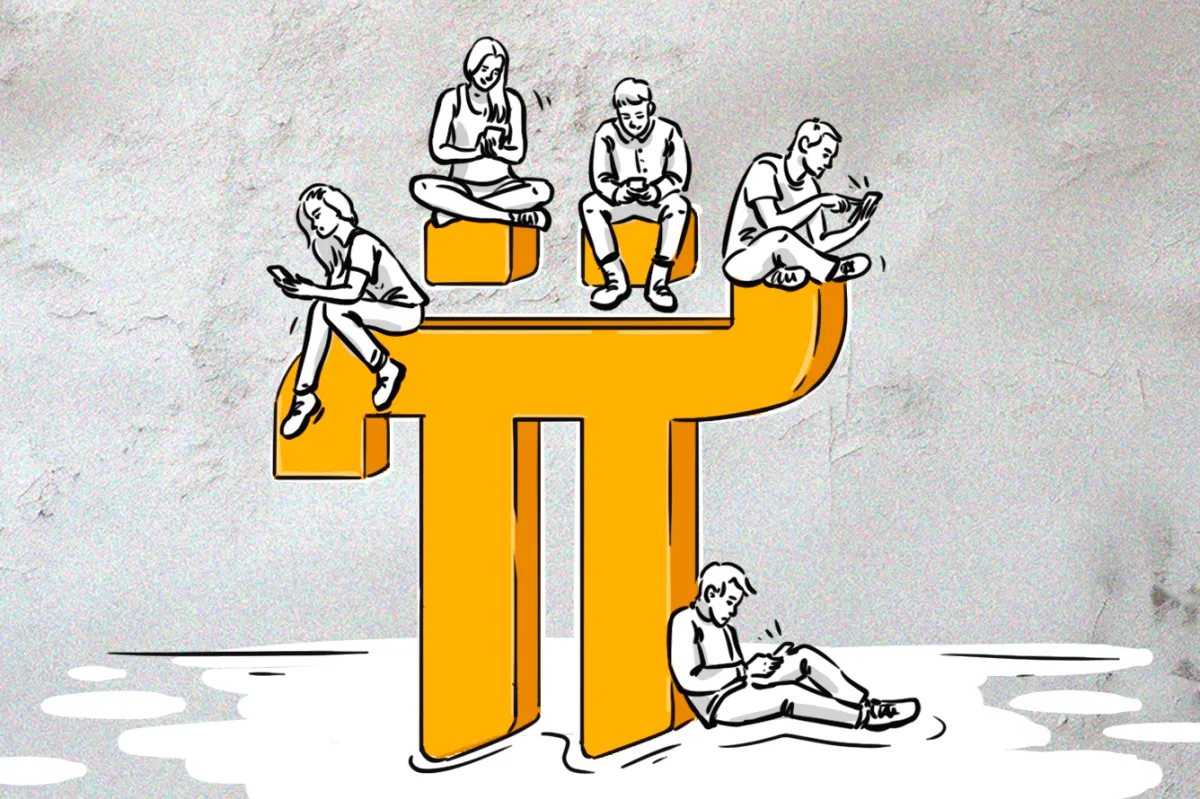
Pi Network announced that 10 million users have completed identity verification through its own Know Your Customer (KYC) process. It involves submitting photos of national IDs and an on-camera liveness check. After submission, identification is confirmed by other properly validated users within the applicants' region. The participation is incentivized by the native pi tokens.
The peer-to-peer KYC is also the first trial utilizing Pi's considerable workforce worldwide, making use of the native tokes Pi Network Pioneers earn on their phones for virtually nothing.
Pi Network was officially launched in 2019 and positioned itself as “the first digital currency you can mine on your phone.” Nicolas Kokkalis and Chengdiao Fan, both alumni of Stanford, founded the network. Fan focuses on human behavior and social computing, while Kokkalis has expertise in computer science and distributed systems. He is also a member of the founding team and the CTO of StartX. This non-profit organization focuses on supporting Stanford student entrepreneurs and has helped multiple projects, including content monetization platform Patreon, on their path to success.
The Pi application went pretty viral, boosted in popularity by personal invitations from friends. The app’s most attractive feature is that mining requires no effort – the number of tokens goes up in the app by itself. They don't even need to tap to mine, as they do with Notcoin. The rate depends on the overall amount of ‘Pioneers’ mining at the moment and various personal boosters (the number of people invited, etc.). The base mining rate started at 3.1415926 Pi/h and has halved five times since then. The team promised that 65% of the entire Pi supply would be available for mining for free.
Some claim that the network is a waste of time at best because there is no clear explanation of how people will use their coins. The tokens are not listed on any decentralized network as the network is closed by a firewall, and no nodes exist at the moment, so their volume and maximum cap are not verifiable. Some exchanges, for example, Huobi, offer Pi/USDT trading pair at $37 (at the time of writing). The self-reported market cap equals $2.5 billion.
Pi Network is currently operated on an 'enclosed' mainnet – basically a private ledger. The project intends to make the ledger public this year after reaching certain conditions, including reaching 15 million KYC-ed Pioneers.
According to the Pi Network whitepaper, the public mainnet will use an adaptation of the Stellar Consensus Mechanism. Unlike Stellar, however, Pi promises to include a wider population of validators by allowing mobile phone participation.
“When a Pioneer needs to confirm that a given transaction has been executed, they open the mobile app. At that point, the mobile app connects to one or more Nodes* to inquire if the transaction has been recorded on the ledger and also to get the most recent block number and hash value of that block.”
*It is important to mention that Pi Node software has not yet been released.
Presently, the Pi token has no value; it is not officially traded on any cryptocurrency exchange, and millions of coins that users have mined are just sitting in their mobile applications without any use.
For the project, however, having a solid base of 50+ million active followers is already an asset. Even if used only for certain marketing campaigns, such as well-known multi-level marketing companies Amway or 5Linx, whose representatives are rewarded for recruiting additional representatives, its current userbase has the potential to make Pi one of the most powerful companies in the MLM sector. To compare, Amway has around 1 million independent representatives, while the number of daily active validators in the Pi network surpassed 125,000 users.
If, by accident, Pi Network matures into real decentralized money powered by hundreds of millions of mobile phone nodes, then we can definitely say Satoshi Nakamoto's vision became a reality.

